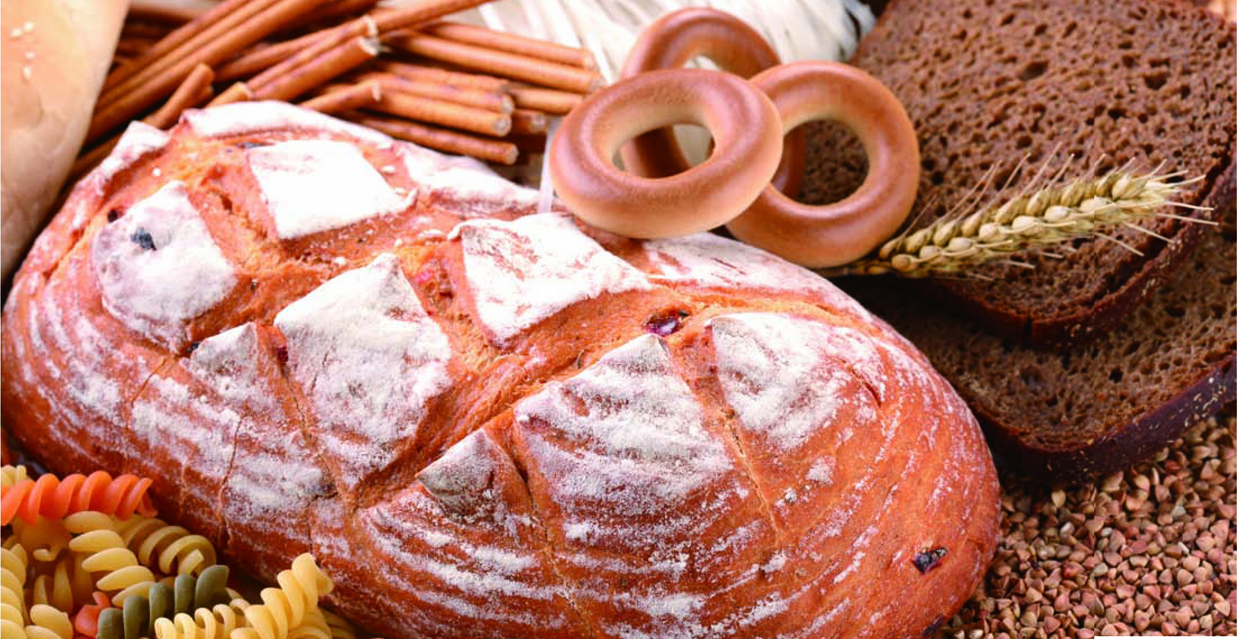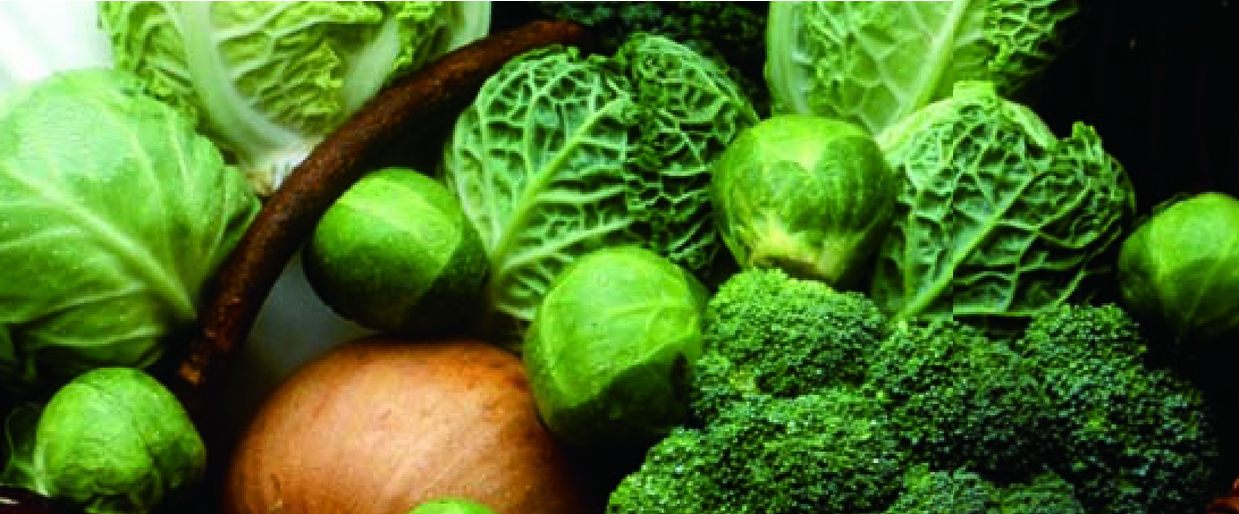PREFACE
Manfred Urs Koch first published this book, entitled Laugh with Health in Australia in 1981.
Initially, four years of intense research into nutrition was required to understand the subject and to develop the basic outline of the book.
During the winter months, Manfred travelled north to the warmer parts of Australia and spent many days at a time in remote areas, with his fully restored Holden car as a mobile office.
The first edition was hand-folded by volunteers from Metung, a yachting village in Victoria. Local people came to the wood cottage for two weeks and finally the 234,000 folded sheets were taken to Melbourne for binding and cover placement.
From the first edition of 1000 books, 500 were given away to friends, shops and the numerous helpers. One year later, bookshops asked for more copies and the 2nd printing took place.
In 1983 the book was published in the USA and also in the UK. In 1993 the book format changed and was totally revised. The book has been self-published for fourteen printings by the author and six printings by other publishers in Australia.
Manfred has also self-published two other books, one entitled The Health Index, in 1983, and the other book entitled Natural to Juice, in 2000.
The total revision of this version of the book commenced in 2000 and included the colour photos and new charts, plus a complete rewrite of the entire contents. The colour edition was released in 2002 and sales have continued to increase.
This book is a bestseller throughout health shops in Australia and it is used as a reference book for school students and also for naturopaths. It is also endorsed by the medical profession and naturopaths.
In Australia, 76,000 copies have been sold through word of mouth. A total of 140,000 copies of this book have been sold worldwide. The book has progressed from the original idea of a small handbook into the complete guide to health, diet, nutrition and natural foods.

CHAPTER 1A
NUTRITION INTRODUCTION
NUTRITION INTRODUCTION
WHAT IS HEALTH?
Health is defined as soundness of body and mind.
WHAT MAIN FACTORS PROMOTE GOOD HEALTH?
1. Regular physical activity.
2. Nutritious foods.
3. Regular intake of water.
4. A variety of foods from the 5 main food groups.
5. A regular and balanced diet.
HOW DO I OBTAIN A BALANCED DIET?
Enjoy a variety of foods from the 5 main food groups.
WHAT ARE THE 5 MAIN FOOD GROUPS?
1. Grains group
2. Vegetable group
3. Fruit group
4. Milk, Yoghurt and Cheese group
5. Meat, Poultry, Fish, Dry Beans, Eggs and Nuts group
WHAT IS NUTRITION?
Nutrition is the supply of the essential nutrients from foods.
WHAT FOODS SUPPLY THE ESSENTIAL NUTRIENTS?
A variety of foods from the 5 main food groups will supply all the essential nutrients.
WHAT ARE THE ESSENTIAL NUTRIENT GROUPS?
1. Carbohydrates
2. Proteins
3. Fats and Oils
4. Minerals
5. Vitamins
6. Water

HOW DO I OBTAIN A NUTRITIOUS DIET?
1. Eat plenty of vegetables, legumes and fruits.
2. Eat plenty of cereals including breads, rice, pasta and noodles, preferably wholegrain.
3. Include lean meats, fish, poultry and/or alternatives.
4. Include milk, yoghurt, cheeses and/or alternatives.
5. Drink plenty of water.
WHAT OTHER FACTORS ARE IMPORTANT?
1. Limit saturated fat intake and moderate total fat intake.
2. Choose foods low in salt.
3. Consume only moderate amounts of sugars and foods containing added sugar.
4. Prevent weight gain: be physically active and eat according to your energy needs.
5. Prepare and store food safely.

NOTE: All amounts in this book are measured in milligrams (mg) per 100 grams, unless stated otherwise.
WHAT FOODS ARE IN THE MAIN FOOD GROUPS?




GROUP 1 GRAINS
Wholegrains:
Barley: barley bread, barley soup.
Corn: cornmeal, sweet corn, wholegrain corn bread.
Millet: whole millet bread, millet cookies.
Oats: rolled oats, oat bread, oatmeal cookies, muesli.
Rice: brown rice, wild rice.
Rye: rye bread, pumpernickel.
Wheat: wholewheat flour, wholegrain bread, bulgur, wholewheat pasta, wholegrain bread and bakery products, wholegrain cereals.
Refined grains:
Corn tortillas, corn flakes, white rice, rice crackers, white bread, bread rolls, pizza bases, pasta, noodles, biscuits, crackers, pretzels, pita bread, couscous, breakfast cereals.
GROUP 2 VEGETABLES
Artichoke, asparagus, beetroot, bok choy, broccoli, Brussels sprouts, cabbage, carrots, capsicum, cauliflower, celery, cucumber, eggplant, leek, mushrooms, lettuce, onions, parsnips, peppers, potato, pumpkin, radish, spinach, sweet potato, taro, turnips, zucchini.
GROUP 3 FRUITS
Apple, apricot, avocado, banana, blueberries, cantaloupe, cherries, currants, dates, figs, grapefruit, grapes, guava, kiwifruit, lemons, lime, mandarin, mango, melons, olives, oranges, papaya, peach, pear, pineapple, plum, strawberry, tomato, watermelon.
NOTE: All amounts in this book are measured in milligrams (mg) per 100 grams, unless stated otherwise.
WHAT OTHER FOODS ARE IN THE MAIN FOOD GROUPS?





































